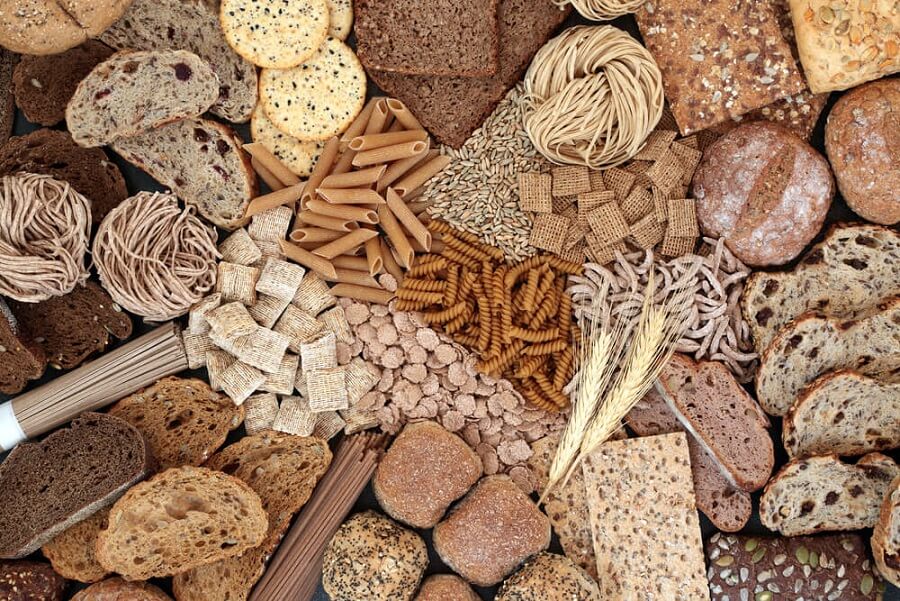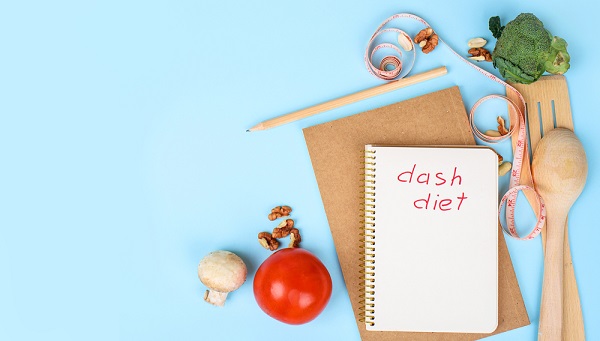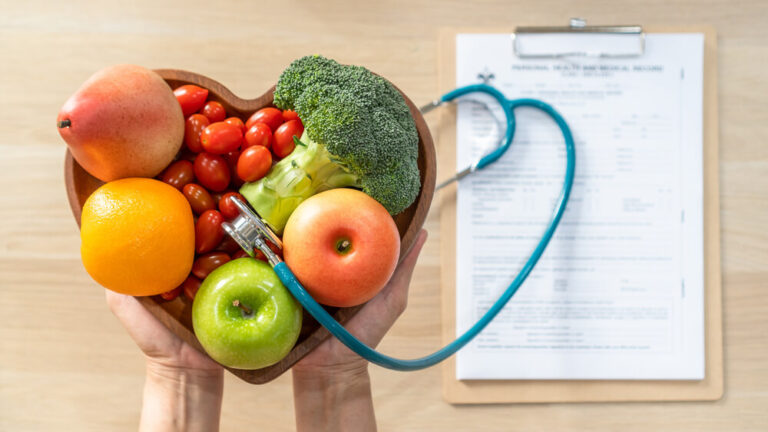How Do High GI Foods Affect Insulin Level
After eating, blood glucose and insulin levels rise quickly in response to high GI foods. On the other hand, due to their delayed digestion, lower GI meals have a slower and less significant impact on postprandial blood glucose levels and the insulin response.
High GI foods are defined as carbohydrate rich foods that are quickly digested and absorbed into the bloodstream. The kind of carbohydrate as well as the concentration of protein, fat, the amount and type of fiber, and of course the size of the food portion all contribute to a food’s GI. (1)
The GI of a food is determined in person by comparing the area under the glycemia curve following consumption of a carbohydrate-rich food with 50 g of digestible carbohydrate to the same curve following consumption of 50 g of glucose. Then, GI is calculated as a percentage of this ratio.
A glycemic index (GI) diet aims to consume carbohydrate rich foods that are less likely to result in significant spikes in blood sugar levels. The diet may help people lose weight and fend off chronic diseases like diabetes and heart disease that are linked to obesity.
Based on Harvard Medical School, Carbohydrates occur in three main forms. Sugars are the simplest. They include glucose, fructose, lactos. Starches are more complex carbs. A starch is a long chain of sugar molecules. Some starches, like those in the average baked potato, the body digests in a flash, quickly elevating blood sugar. Other starches, like those in whole grains and beans, are digested more slowly, and so don’t boost blood sugar as high. Fiber, another complex carbohydrate, can’t be broken down by the human digestive tract. Fiber tends to move though the stomach and gut slowly, making you feel full without adding calories.
Every time you eat something with carbohydrates, your blood sugar and insulin levels increase. The diet determines how quickly and how high they rise. A plate of white rice causes a swift, significant rise in blood sugar and insulin levels, practically identical to those of consuming pure glucose. Lentils have a lesser, more gradual effect. By comparing the impact of a certain amount of a food on blood sugar to the same amount of pure glucose, the glycemic index rates these changes. A food with a GI of 95 behaves almost exactly like pure glucose, while one with a GI of 28 only raises blood sugar by a mere 28% as much as pure glucose.
What are some high GI foods?
High GI foods tend to have a number over 70 and these are some of the high glycemic foods to avoid. (2)
- Processed foods: Chips, salty snacks
- Sugar-containing beverages: Fruit juices, sport drinks
- Fast food: Cheeseburgers, fried chicken, pizza.
- Bakery: Doughnuts, white bread, cereals
- Potatoes: Mashed potatoes, French fries.
GI value of foods is directly linked to how they are manufactured. Because manufacturers produce and process meals, particularly cereal products, in various ways, it is ideal to have information about branded items available. This fluctuation applies to numerous nutrients, including fiber and saturated fat, and is not specific to the GI. These tables serve as the foundation for extrapolation in the absence of specific product GI data. A GI value of 40 for vegetables, 70 for products made from flour, and 30 for dairy products could be awarded in the case of low-carbohydrate products.
There is a list provided by American Diabetes Association on more high GI foods and low GI carbs in details.
Some Of the common questions on high GI foods
Which vegetables are high in GI?
Vegetable such as carrots, potatoes, parsnips, beetroots and sweet corn are some on the list. (3)
Are bananas high on the GI?
Fruits like bananas, oranges, mango, grapes, raisins, dates and pears are some the higher GI fruits.
Are eggs low or high GI?
Eggs don’t alter blood sugar levels because of their low glycemic index. Additionally, because eggs are satiating, eating less of them can help you consume less calories, which may help you maintain better glycemic control.
Are Nuts Considered as High GI foods?
The majority of nuts have lower glycemic index ratings, ranging from 0 to 20. The cashew is the nut with the highest GI rating. The next time you’re hungry, choose nuts like pistachios, walnuts, and macadamias over crackers and other foods.
glycemic index food chart
| Instead of this high GI foods | Eat this lower GI foods |
| White rice | Brown rice |
| Instant oatmeal | Steel cut oats |
| Cornflakes | Bran flakes |
| Baked potato | Pasta |
| White bread | Whole grain bread |
| Corn | Peas or leafy greens |
Relevant Articles:






